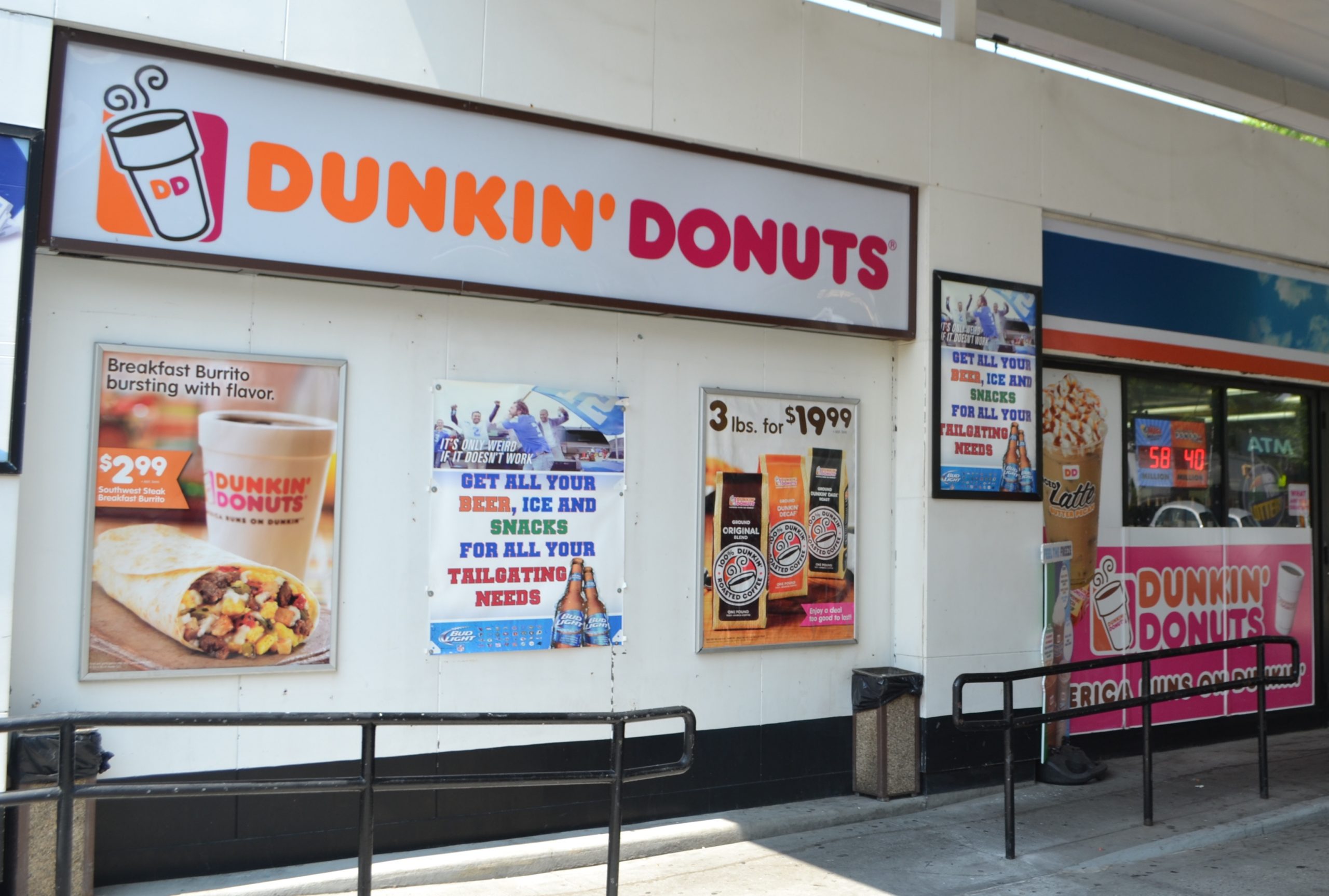Worker monitoring technology is ending up being more common in the office. Before you install it, make sure you understand the laws surrounding its usage.
- Employers can utilize worker monitoring innovation to track their personnel’s real-time places and activities.
- The Electronic Communications Personal Privacy Act of 1986 is a federal law that provides companies the right to monitor their workers’ spoken and written communications under certain situations. There are likewise some state laws that manage this activity.
- Transparency in your worker keeping track of practices is essential to make your employees feel more safe and secure and protect your business from potential legal action.
- This post is for employers who desire to implement worker monitoring options and learn how to prevent legal issues while doing so.
From eliminating diversions to including technological automation, there are many ways companies can improve workplace productivity. One technique is making use of surveillance and tracking software application. Work environment personal privacy and employee tracking technologies have ended up being more widespread over the last few years, particularly as the fast development of digital innovation has streamlined the use of monitoring platforms. If you prepare to use this type of technology, though, it is essential to comprehend how federal and state laws impact it and how to best carry out these tools in your business.
What is monitoring in the workplace?
“Employee tracking” refers to the techniques employers utilize to surveil their work environments and their team members’ location and activities. These techniques consist of employee monitoring software, time clocks, video security, GPS systems, and biometric innovation. Video surveillance, for instance, can strengthen your company’s security and productivity. Capturing a thief on camera reduces shrinking costs.
Employee tracking and monitoring systems serve other important functions. The main goals behind them are to avoid internal theft, take a look at worker efficiency, ensure company resources are being utilized appropriately, and supply evidence for any possible litigation.
One classification of staff member tracking technology, time and presence software application, is typically seen as an entirely different set of tools. Time and presence systems offer your business a record of when workers work and take paid time off that is valuable not just for payment computations, but in case a dispute over hours or vacation time ever becomes a lawsuit. These digital systems likewise provide a precise record of when employees start and end their day, which can help you determine performance levels.
Beyond basic video surveillance in the work environment, you can gear up business computer systems with staff member tracking software or, if your group’s responsibilities revolve around driving, install GPS fleet tracking hardware in your business lorries.
Regardless of the innovation they utilize, some company owners might not know how far they can or must extend their authority to keep an eye on employee activity. It’s always best to turn to federal and state worker monitoring laws and policies to establish limitations.
Secret takeaway: Through employee tracking innovation, companies can surveil their work environments and track their team member’ real-time places and activities when they’re on the clock.
Employee tracking laws and regulations
Federal and most state privacy laws give discretion to companies regarding how far they can choose their employee monitoring programs. In many cases, companies do not need to inform staff members they are being monitored, depending upon their state and regional laws. Some guidelines do require staff member authorization.
“As a basic guideline, employees have little expectation of privacy while on business grounds or using business devices, consisting of business computers or lorries,” said Matt C. Pinsker, adjunct professor of homeland security and criminal justice at Virginia Commonwealth University.
Federal office personal privacy and worker monitoring laws
Federal work environment privacy and worker tracking policies stem mainly from the Electronic Communications Personal Privacy Act of 1986. The ECPA allows the company owner to keep track of all worker spoken and written interaction as long as the business can provide a legitimate organization factor for doing so. It likewise permits for additional tracking if the worker gives approval. Nevertheless, the ECPA approval arrangement can be tricky, as it might be inferred to enable tracking of workers’ individual interactions in addition to organizational ones.
Furthermore, a number of federal courts cases have figured out that employers may lawfully look through employees’ e-mails after they are sent out. That’s because the ECPA defines “electronic interactions” as any electronic messages presently in transmission. Upon sending out, these transmissions end up being “electronic storage,” which courts have identified companies can keep track of.
In basic, keeping track of must be within reason. For example, video security can be conducted in common areas and entryways; nevertheless, surveillance in restrooms or locker spaces is strictly restricted and opens a company as much as legal effects.
Another problem arises when you keep any recordings, specifically of meetings. If you tape-record meetings with workers, specifically ones handling discipline or HR-related issues, you may be lawfully bound to keep those recordings and turn them over to a court if lawsuits emerge.
Monitoring computer web activity is various and can fall under various legal precedent. There are different types of computer system monitoring software solutions, some with the capability to show you precisely what staff members are doing on their computers. You can keep track of everything from what sites workers are browsing on business’s Wi-Fi to what keystrokes they are making on their business laptop. There is practically no reasonable expectation of personal privacy for a staff member using a business gadget, so a good guideline of thumb is to assume that anything staff members do on their company-owned computer system is visible to their employer.
While it’s great to keep track of workers’ computer systems used to ensure they’re not losing time on social media and pointless surfing, employers should understand they run the risk of obtaining too many details. Employers already have employees’ most personal data, and they can run amok of privacy laws like HIPAA if they reveal private info to anyone.
As a company, you have the burden of protecting that information, even that which comes from a staff member’s individual browsing history or personal information saved on a business computer. If an information breach were to take place, for instance, and specific sensitive information was exposed, it leaves the business vulnerable to lawsuits by the staff member.

State work environment personal privacy and worker monitoring laws
Similar to any problem that states manage, no 2 states have the exact same laws on workplace personal privacy and employee tracking. The most significant laws come from the following states:
- Connecticut: Any business that monitors its staff members in the workplace must let workers understand ahead of time in composing and information the tracking methods utilized.
- California, Florida, Louisiana, and South Carolina: All these states’ constitutions explicitly specify that citizens have a right to personal privacy. As such, companies in these states may need to tread thoroughly when setting up worker monitoring systems.
To be safe, you might be best served by contacting your legal counsel that your use of this innovation follows both federal and state regulations.
Secret takeaway: The ECPA is the main federal law governing employees’ rights under office tracking. Several states have their own policies that employers in those states should likewise follow.
Tips for communicating staff member monitoring to employees
Video monitoring doesn’t need to be clearly revealed to workers and agreed to by your workforce. Noticeable signs mentioning that the premises are kept track of by security cameras can be sufficient to cover legal and ethical premises. The understanding that video cameras are keeping track of whatever is frequently enough to avoid internal theft by workers.
Transparency is constantly a great practice. Considering that lots of staff members feel unpleasant being kept track of, it is essential to be forthcoming about what you want to accomplish and how security aligns with your business’s objectives. According to a study by Dtex Systems, “77% of used Americans would be less concerned with their company monitoring their digital activity on an individual or work-issued gadgets they use to conduct work, as long as they are transparent about it and let them understand up front.”
In reality, transparency can make workers more willing to subject themselves to various techniques of monitoring and tracking. Approximately 50 of 80 staff members at technology company Three Square Market willingly had microchips implanted in them. The chips permitted the staff members to get in the structure and buy lunch without tracking an ID card. 3 Square Market’s honesty about the purpose of the microchips caused over half of its employees to willingly taking part in the program.
While 3 Square Market’s innovation isn’t widely used for tracking simply yet, Amazon got a patent in 2018 for wristbands that vibrate when workers perform jobs improperly. While there is no report of these wristbands being utilized and even produced yet, the business believes the wristbands might accelerate processes. Critics fret about the innovation’s capacity to dehumanize staff members. Clearly, as technology continues to establish, companies will have chances to track and keep an eye on staff members in new methods. As these new alternatives occur, service leaders need to listen to workers and review legal guidelines for staff member monitoring.
Another method employers can keep track of employees, as pointed out earlier, is through GPS tracking, typically as part of fleet tracking and telematics on company automobiles. With most fleet software, supervisors can track where a business car is and where it’s been, even if the worker is off the clock. A company owner can do this, as they have the right to know where their home is. However, GPS tracking of company devices like laptop computers and phones is another murky area, considering that companies can find out more than they need to about a staff member’s activity when they’re off the clock. [Looking for GPS fleet tracking software? Have a look at our finest choices.]
With any type of employee monitoring, it’s best to err on the side of transparency and balance. For instance, clear signage mentioning your business’s policy discouraging non-work-related computer usage can cut down on unwanted behavior without the requirement to monitor employees overtly.
“Ultimately, a balance can be reached by analyzing legitimate company interests and weighing them versus the expectation of personal privacy of staff members while likewise taking into account regulatory restrictions, which might differ state to state, nation to country,” stated Joseph Lazzarotti, a principal with Jackson Lewis who leads the law company’s Personal privacy, Data and Cybersecurity practice group.
Secret takeaway: Openness in your employees keeping track of practices may make your workers feel more protected and avoid legal consequences.








